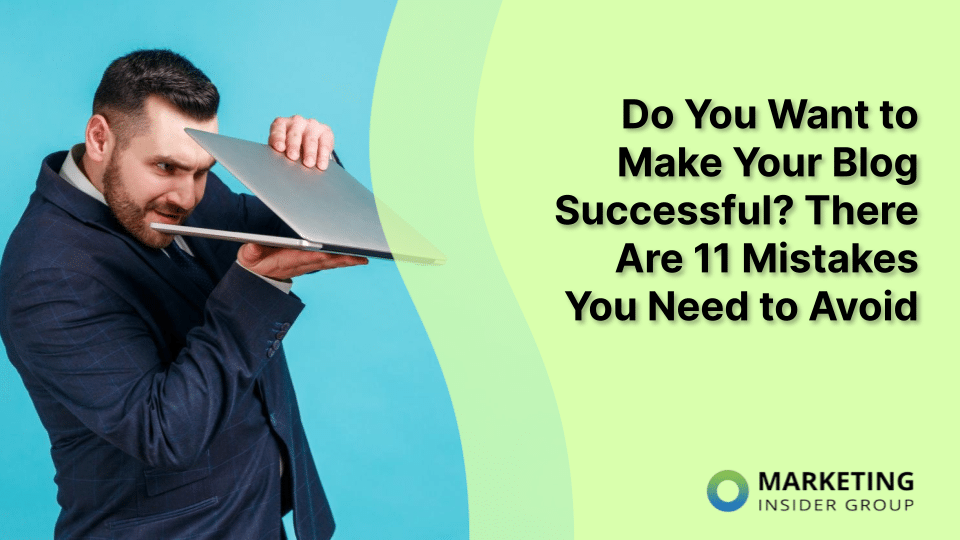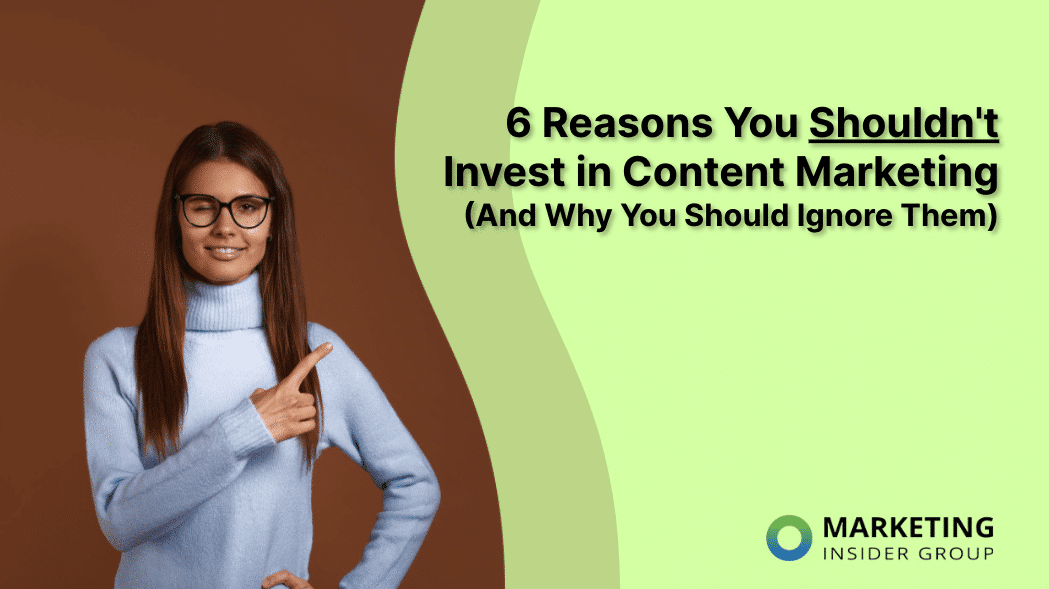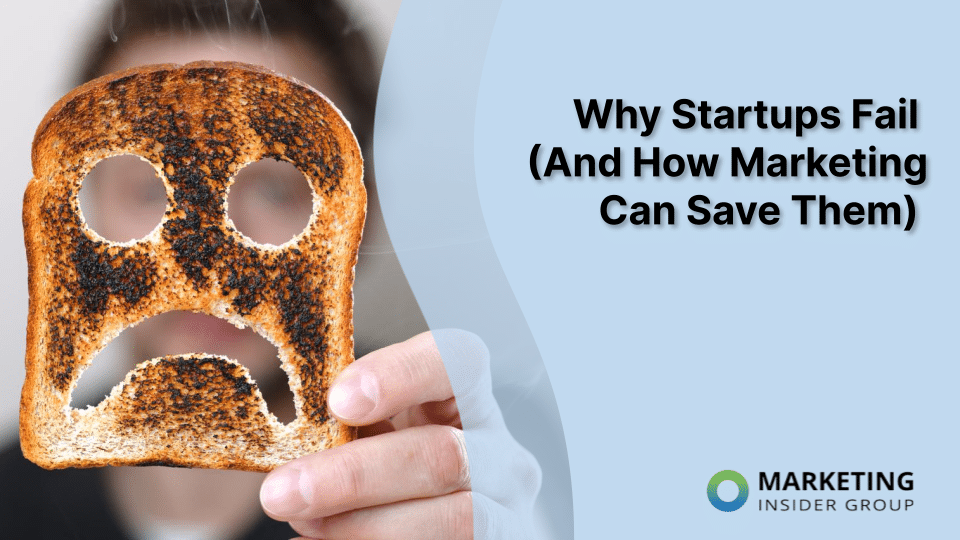
Landing Pages: The Huge Mistakes Marketers Make and How to Avoid Them
Landing pages are central to every marketing strategy. Landing pages have one focus—conversions. While it’s not incredibly hard to create a landing page these days, conversions are still hard to come by. Yet for all the work you’re doing, you may be your own worst enemy, making mistakes that are costing you leads.
There are lots of reasons why users don’t convert. Your job as a marketer is to eliminate as many reasons as possible. Start by controlling what you can and don’t make the mistakes that can sack your landing pages before they’ve even launched. These mistakes are easy to fix. Just heed these lessons.
Long Forms Won’t Win You Friends
Landing page strategies and design differ depending on the stage of where your buyer persona is on his/her journey. Most landing pages will fall under the Awareness stage because the buyer is just beginning to understand the problem.
In Awareness, your buyer may have little knowledge of your brand. In this scenario, a buyer has questions and is looking for an answer, thus content offers are often attractive. You’re just warming up your audience so it’s best to start with something purely educational.
While your eBook may include amazing content, no one’s ever going to read it if your form asks them for every piece of information possible. It’s like proposing on a first date—you’re not there yet. You haven’t “earned” their information.
In fact, long forms have been proven to be an aversion. In a study, 69 percent of respondents said an “excessive form field” would deter them from completing it, with 65 percent stating it was too much information to ask.
All you really need is an email address. An email address offers you a channel to communicate. With this, you can gently nudge the buyer through the funnel, nurturing this lead to a closed deal. Building a relationship takes time, in real life and in the digital world.
Generic CTAs Aren’t Compelling
Did you know that there are millions of CTA buttons on forms that simply say click, submit, send or download? While it seems like a small detail, it’s one that matters. Designing an irresistible CTA should be your goal.
The words you choose to put on that button may affect the visitor’s response. A generic CTA doesn’t convey value. Using more specific language does, and it sets up the expectation of what happens next.
Expectation is an important part of the relationship you’re cultivating with your lead. Being vague or falling short can change someone’s mind.
Correct this mistake by being more specific. Use phrases like: “Get Your eBook,” “Read the Story,” or “Experience Our Network.” These options could help you see more conversions, simply because you’ve detailed what the user gets by completing the form.
Context Is Critical for Conversions
For any landing page, you must consider how the user got there. Is it from social media, paid search, or organic search? Understanding the source also allows you to deduce the buyer’s stage and familiarity with your brand.
Buyers could find your landing page either via paid or organic search. Most would use the same landing page. Here’s why you shouldn’t.
If the landing page ranks high for a term, and you get a lot of organic action, a buyer may tend to have a bit more trust. After all, Google and other search engines find the content valuable because it’s never easy to rank on the first page organically. In this situation, you could use a content offer and just request an email address, but you could also go ahead and offer a demo, quote, or consultation depending on your line of business.
However, this wouldn’t be appropriate for paid search. Most users understand that search ads are just that–advertisements. To offer the demo, quote, or consultation would be terribly presumptuous. Most likely, the buyer is in the initial stages of discovery. If they do click on a paid ad, make the landing page a “safe” place that’s not too aggressive. Content offers work better here. To test the theory, try different offers and see which has the best conversions and lowest bounce rate.
Overdesign Ruins Simplicity and Clarity
When designing your landing page, keep in mind conversion-centered design. This approach has seven principles that when used appropriately will have your landing pages converting. The biggest takeaway is to keep your buyer focused. Be simple in design and remove distractions like menus and large footers.
When a user lands on your page, he/she will scan, not read. You only have a few seconds to show value. The user needs to know immediately what the offer is and why does it matter. Include a clear headline with bullet-pointed benefits. For the design, remain true to your brand and stay away from anything that would divert attention from the message. White space is your friend here. Use it purposefully.
Weak Language Will Make Buyers Unsure, Too
Landing pages are all about persuasion. In being persuasive, it’s not about how awesome your brand is but rather why what you do or what you’re offering will make the buyer’s life easier.
Strong language resonates with audiences. Watering down language comes off as being unsure and confusing, which isn’t a feeling you want your user to experience. Here’s an example:
It really is that simple. Learn how our solution can change the way you work.
We’ve tried hard to remove the challenges in the process. Learn more now.
There is a significant difference between these statements. The first is confident yet genuine. The second is unsure. Your visitor may be thinking “they tried?” If your language doesn’t state how you’re solving the problem, then you’re not solving it.
Ready to Clear Up Those Mistakes?
Now that we’ve reviewed the five biggest mistakes and how to avoid them, it’s time to put it into action. It’s time to make some changes, although, it’s a good idea to make them incrementally so you know which changes had the most impact.
Want to learn more about how landing pages should be a vital part of your content marketing strategy? Then get in touch today to start building better landing pages.






